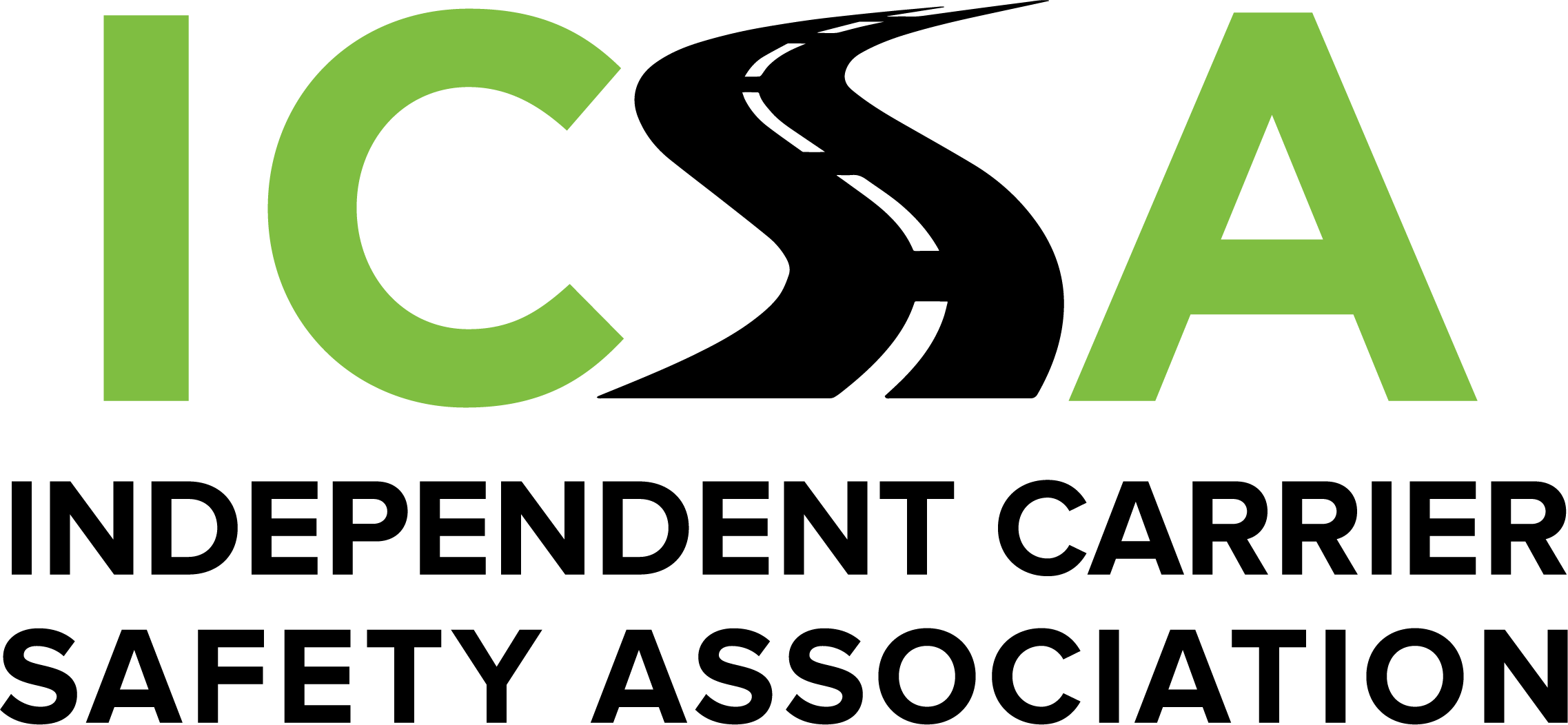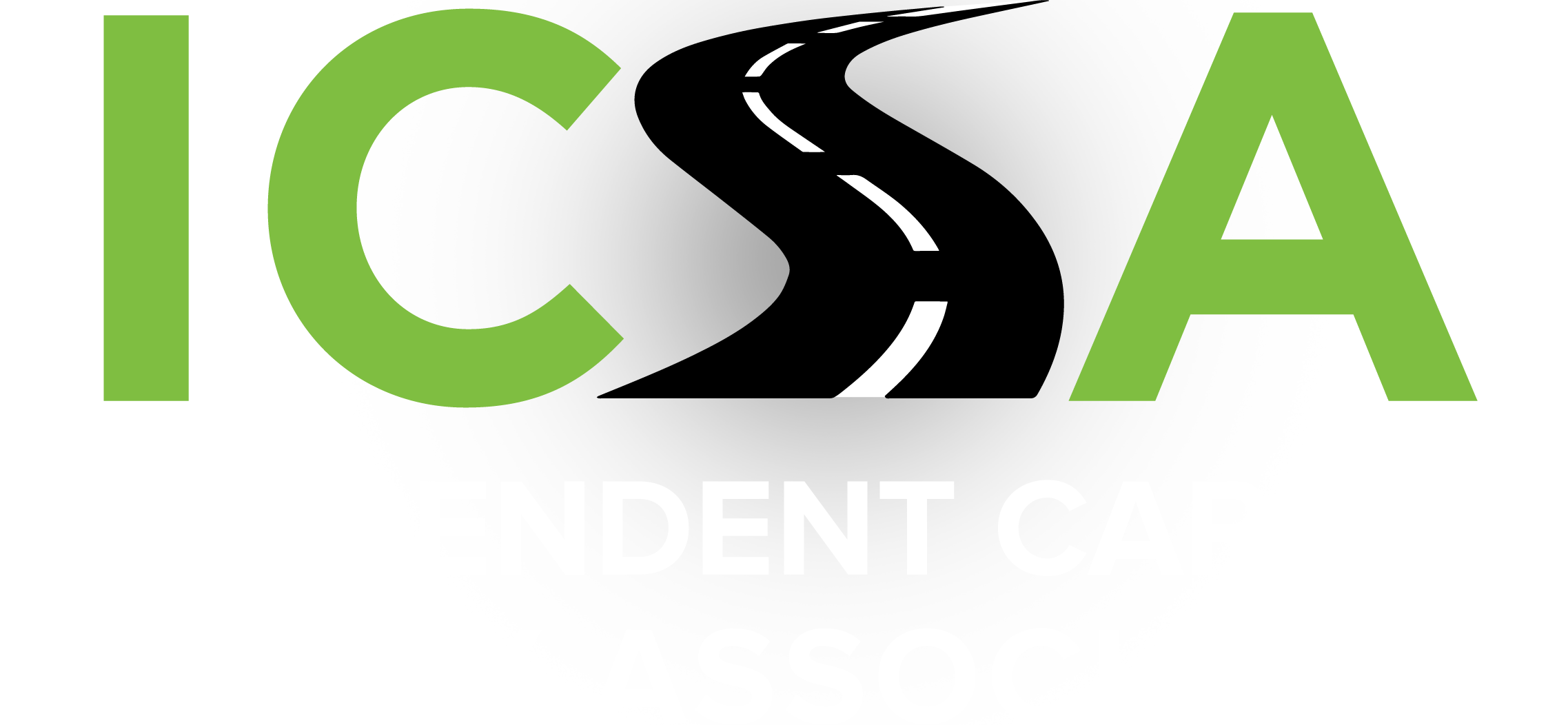If you took Driver’s Ed in high school, odds are that you were taught were to keep your eyes on the road and hands on the wheel. That advice was given long before cell phones, texting, social media and mobile entertainment became part of our everyday lives. As safe motor carriers and professional drivers, we know that today there are many devices competing for our attention. Safety is still “keep your eyes on the road and hands on the wheel,” but now it is also “keep your mind on the task of driving.” Quite simply, safe driving means no distractions.
“No distractions” is not only sound safety advice – it’s also embodied in regulations. The Federal Motor Carrier Safety Administration (FMCSA) has rules against any texting while operating a moving commercial motor vehicle. Texting includes emailing and all forms of instant messaging. It also includes accessing the Internet while driving, even when visiting a Web page on a technology platform installed in the truck’s console, much less a laptop sitting on the passenger seat.
That cell phone? The same federal law prohibits using a hand-held mobile phone that requires pressing more than one button or involves reaching for the phone and moving from the seated driving position with seatbelt attached. The penalties for texting and mobile phone violations are hefty. First offenses bring fines up to $2,750 for drivers and up to $11,000 for employers who allow the behavior. Many states also enforce their own “no hand-held device” rules which bring additional penalties.
Why the prohibition and steep penalties? Research shows that texting takes the driver’s eyes off the road an average of 4.6 seconds. At 55 mph, that means traveling blind for 371 feet! No wonder texting drivers are 23.2 times more likely to be in a safety-critical event than those who do not text.
Okay. But I’ve been using a cell phone forever… how bad can that be? Cell phone dialing may average only 3.8 seconds, but that’s still more than a football field of driving without full, undivided attention on the road and a six times greater chance of serious consequences.
If mobile communication is absolutely critical, use a headset and a device that has voice activation. Except in emergencies, do not initiate calls while driving. The only recommended time to make calls, send texts or look at Web pages is when parked in a safe and legal location completely off the road. Safe driving means no distractions.
To assist its members in managing on-road distractions, ICSA has developed and published its sample distracted driving policy, available to all members to use as is or adapt for their operation. Combating distracted driving is also an important segment of ICSA’s Model Safety Plan (MSP) available to all members on their dashboard on the ICSA website.


